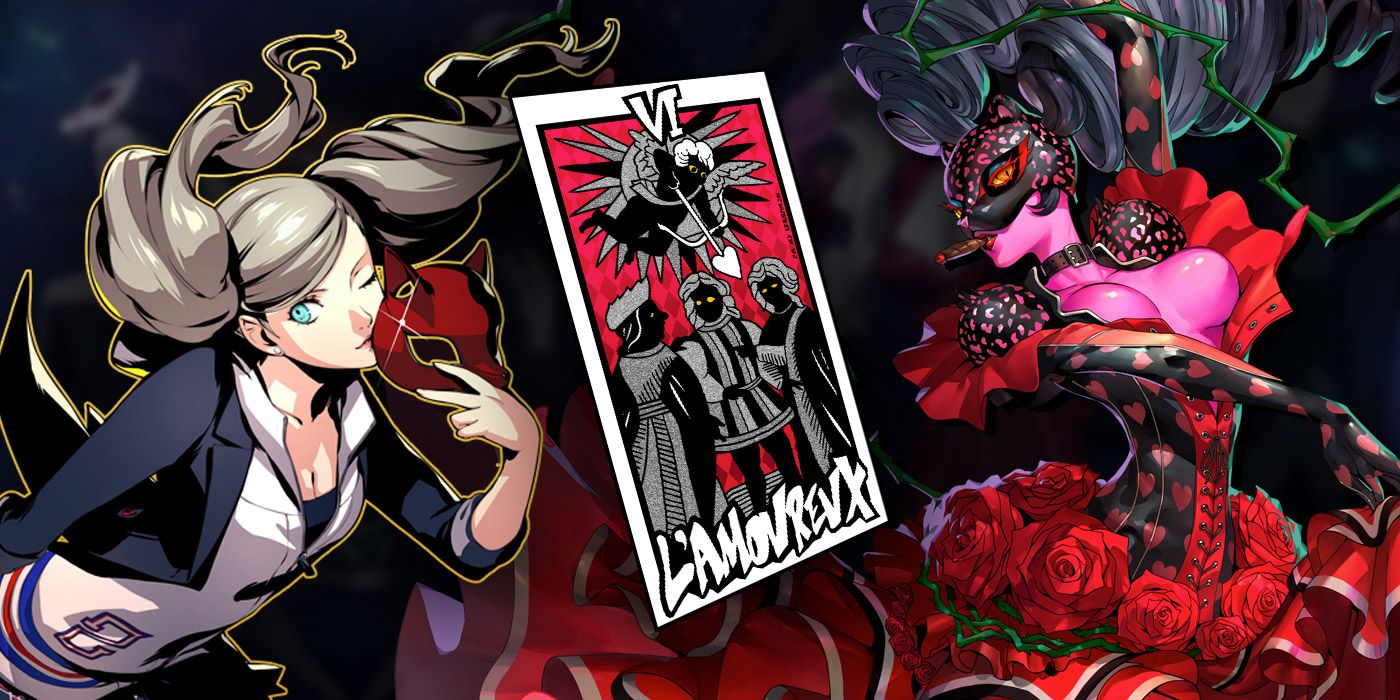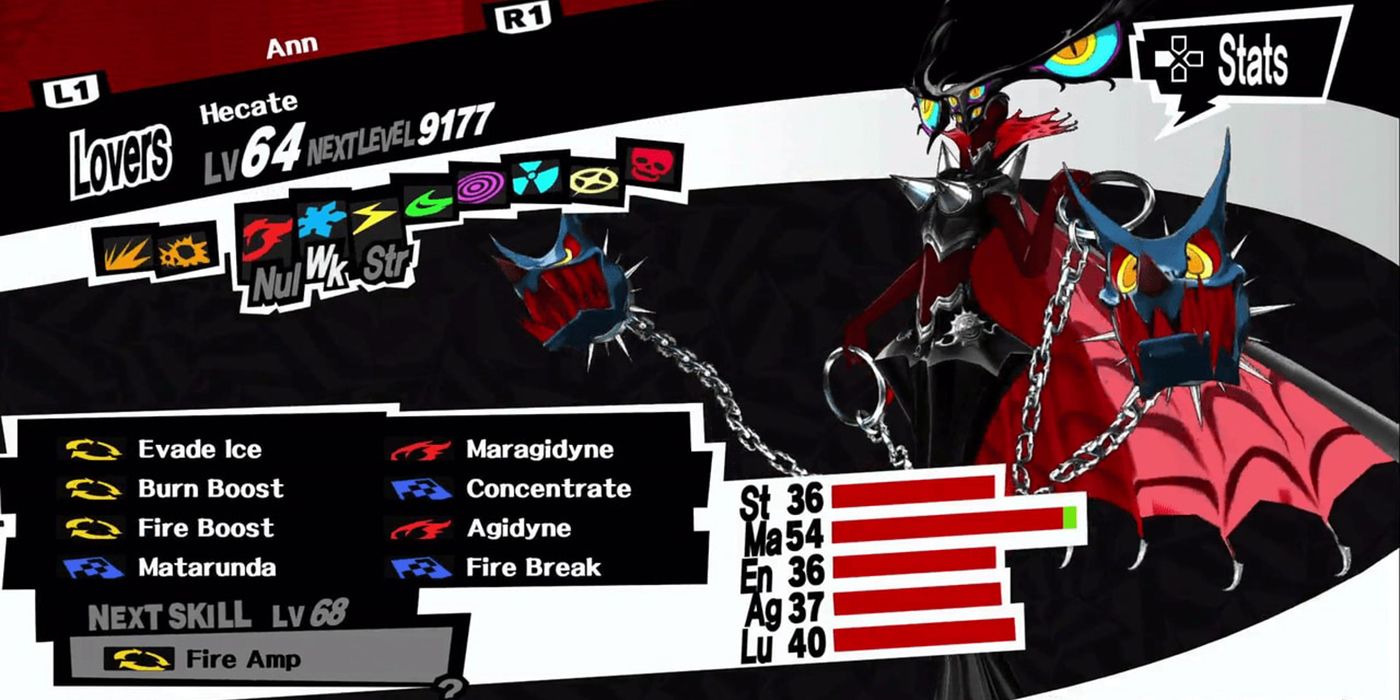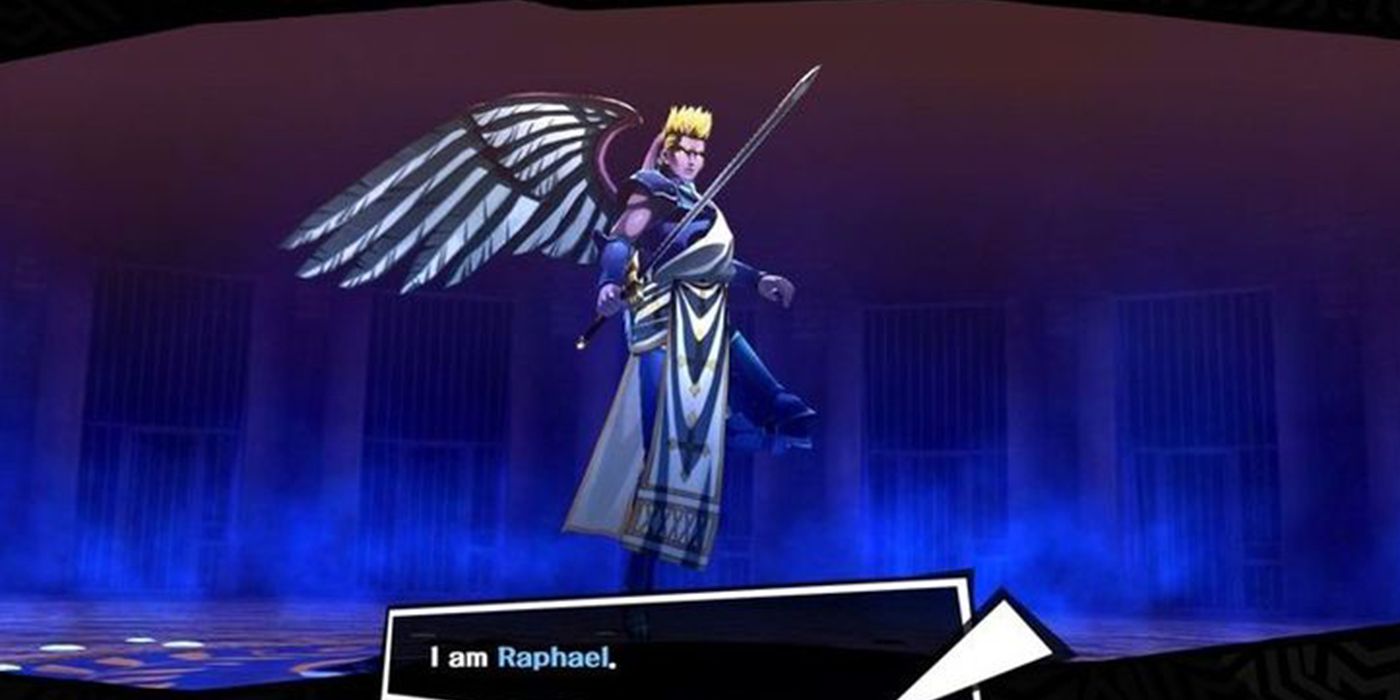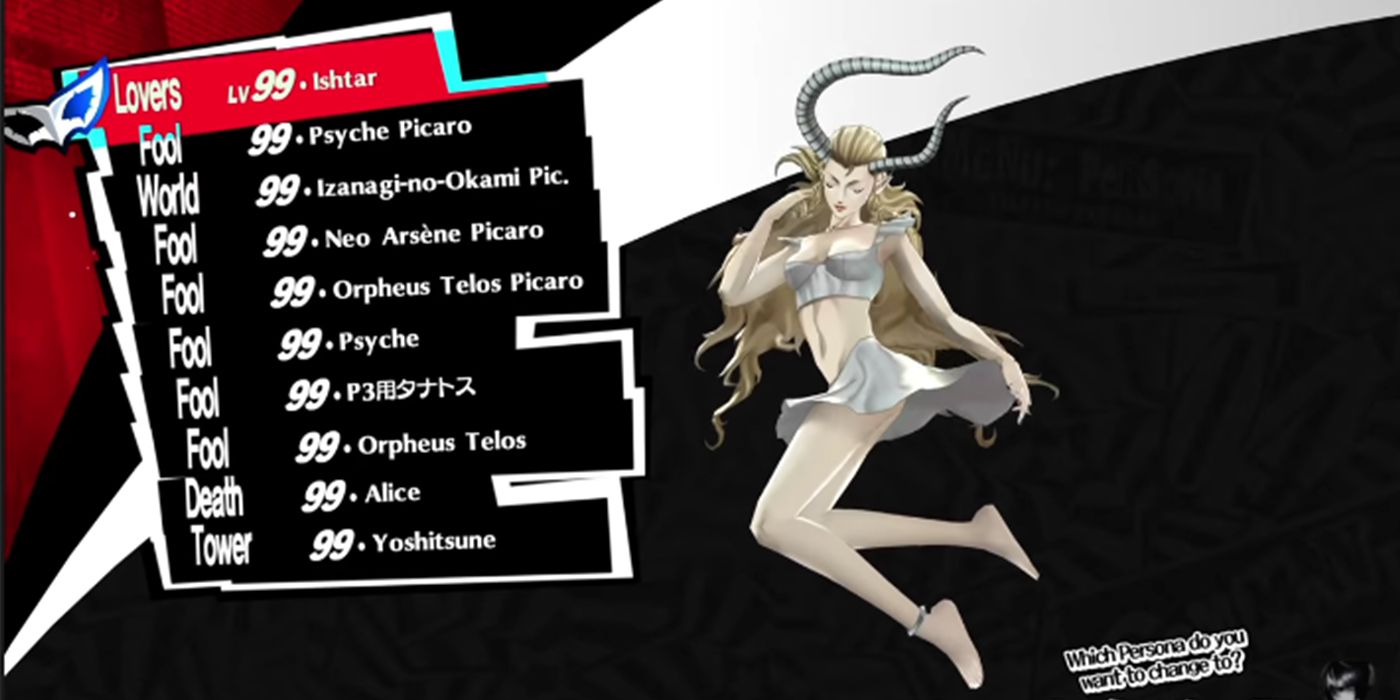The sixth major arcana in the tarot deck is always a member of the Persona series' primary cast: the Lovers. One may take a cursory look at the Lovers card and assume it's all about romance, love, and lust. And while all of those things factor in, the major arcana's purview is considerably broader than that, including relationships, consensus, and, above all, decision-making about matters close to the heart.
Ann is Persona 5's representative of the Lovers and often acts as the team's cheerleader, welcoming new members and lifting people's spirits when things look bleak. And even though her confidant storyline has the capacity for romance with Joker, it also focuses on two other relationships: her best friend Shiho, and her modeling rival Mika.
Ann's confidant story is among the best in Persona 5, where she gradually develops understanding of the Shiho and Mika's perspectives and even manages to transform her negative experiences with Mika into something productive, and even valuable. Like Yusuke's representation of the Emperor arcana, Ann could be considered to be a "reversed" representation of her card at the start of her link, meaning she is trouble by problems relating to the heart and more specifically—Kamoshida's sexual advances and his abuse of the volleyball team. Ultimately, however, Ann manages to turn the tables on Kamoshida and directly catalyzes his downfall, much like the femme fatales Ann so admires.
Hecate - Goddess of Witchcraft
Ann's initial persona, Carmen, is named after the eponymous character from the famous opera, who is ultimately killed by the spurned lover she ruins. Given this context (via Persona 5's classroom questions) and Ann's admiration of powerful women with villainous streaks, tracking Carmen's assignment to the Lovers persona is a fairly easy affair, but her persona's next form is slightly more perplexing.
Hecate is the Greek goddess of witchcraft, the night, crossroads, and wilderness, so one would be tempted to associate her with Persona 5's Magician arcana. Originally depicted with a single body, Hecate gradually came to be represented as a triune goddess, with either three faces or three distinct bodies. There is a nod to this in Hecate's persona model, as it possesses three sets of eyes.
On the surface, she has no relationship to love, romance, or relationships, until one takes a closer look at her mythos and the purview of the Lovers' arcana. The feature that led Atlus to employ Hecate as a member of the Lovers arcana is likely her strong thematic fit with the Phantom Thieves, as a goddess of boundary-crossing and magic. Her dominion over crossroads was likely another factor, related to the Lovers being the primary decision-makers of the major arcana.
But there may be another reason as well, based on her form of worship, which existed on the fringes of Greek religious practices (which may explain why Hecate is absent from Hades). Hecate's most devout followers were polyamorous.
Raphael - Angel of Healing
Raphael is actually the angel that is depicted on the Lover's tarot card, looking down at the titular lovers who are intended to represent Adam and Eve. Raphael is not considered the angel of love per se, but rather the angel of healing. The reason Raphael features prominently in the tarot card's art is that he is also the angel of matchmaking and the angel of life-altering decisions—like the decision to get married or break off a long-standing relationship. In viewing the major arcana as a sequence, the decisions the Lovers card represent are a crucial vehicle for the Fool arcana to realize its potential.
There are certain readings of the Lovers' card's symbolism that suggest Raphael is the officiant for Adam and Eve's "marriage," though his deeds in Jewish apocryphal texts further cement him as a member of the Lovers' arcana. In the Book of Tobit, Raphael uses his healing powers to save Tobiah from blindness, allowing Tobiah to rescue his future daughter-in-law, Sarah, from the demon of Asmodeus. Appropriately, Asmodeus is the name of Kamoshida's boss form, making him an especially fitting adversary for Ann.
Ishtar - Babylonian Goddess of Love and Fertility
The final and most powerful member of the Lovers arcana is Ishtar; a devastatingly effective healer. As usual, players looking to add Ishtar to their arsenal of masks will want to consult the Persona 5 fusion guide to make sure the process goes smoothly.
Astute players and frequent readers may note that the older a deity is, historically, the more powerful it tends to be in Atlus' Persona and Shin Megami Tensei series. Just as the Hierophant arcana reaches its zenith with Kohryu, an ancient Chinese deity that resides at the center of the universe, that trend holds true of Ishtar as well.
Aside from serving as a great designated healer, Ishtar is an ancient Goddess of love, and the Babylonian equivalent to the Mesopotamian goddess, Inanna. Like Hecate, worship of Ishtar/Inanna often entailed sexual rituals, yet the ancient fertility goddess ultimately has more in common with the goddess Aphrodite. In fact, Ishtar became something of a template for the latter, after her cult of worship grew in prominence throughout Assyria, Babylon, and the Akkadian empire.
Ishtar's depictions vary, though she is often portrayed as armed and armored, wearing a horned helmet. Unlike other gods of the time and region who held static domains, Ishtar/Inanna was the combined goddess of sexuality and warfare, and her domain traveled with her, from military conquest to military conquest. Atlus took a slightly different direction with Ishtar's appearance in the Persona series, having the horns sprout from her head and displaying her as distinctly not-armored, but the horns can be taken as a nod to her mythologically militant roots.
Inanna also features in the epic of Gilgamesh and is said to be Gilgamesh's sister. Another famous mythological figure, Gilgamesh frequently appears in the Final Fantasy series as a difficult boss, though curiously he does not ever appear in the Persona series.
Persona 5 and Persona 5 Royal are available for PlayStation 4.




